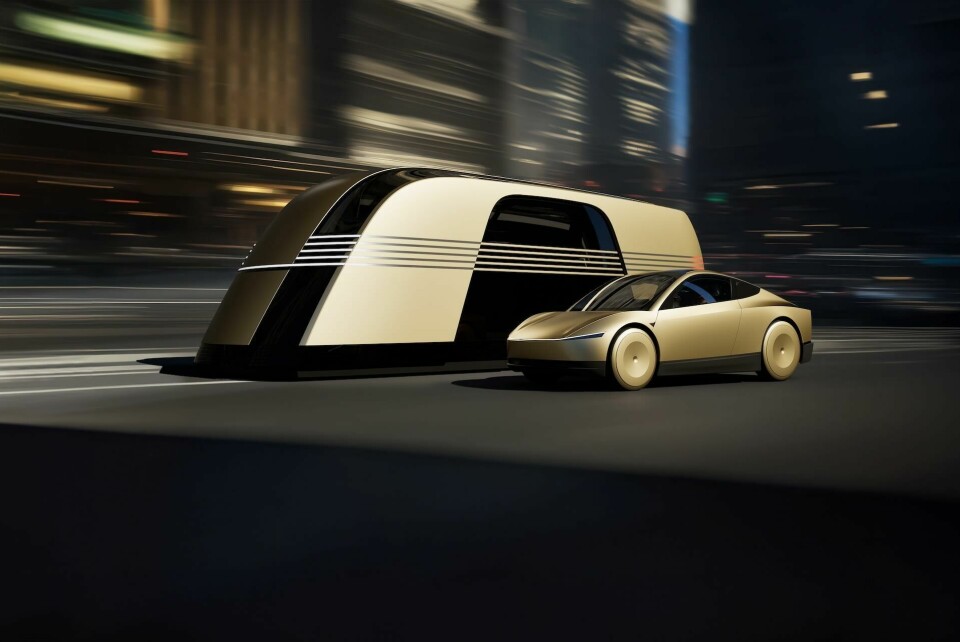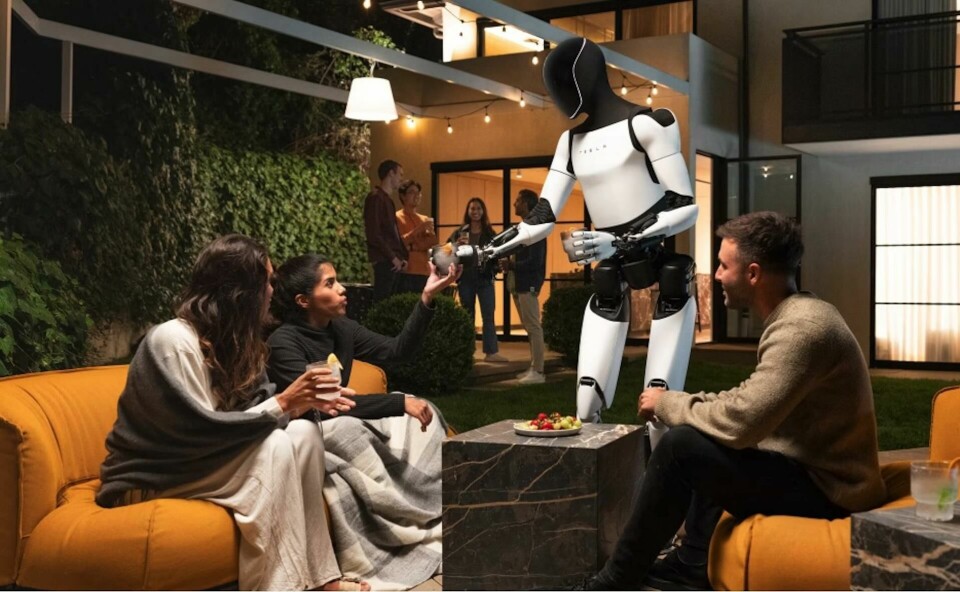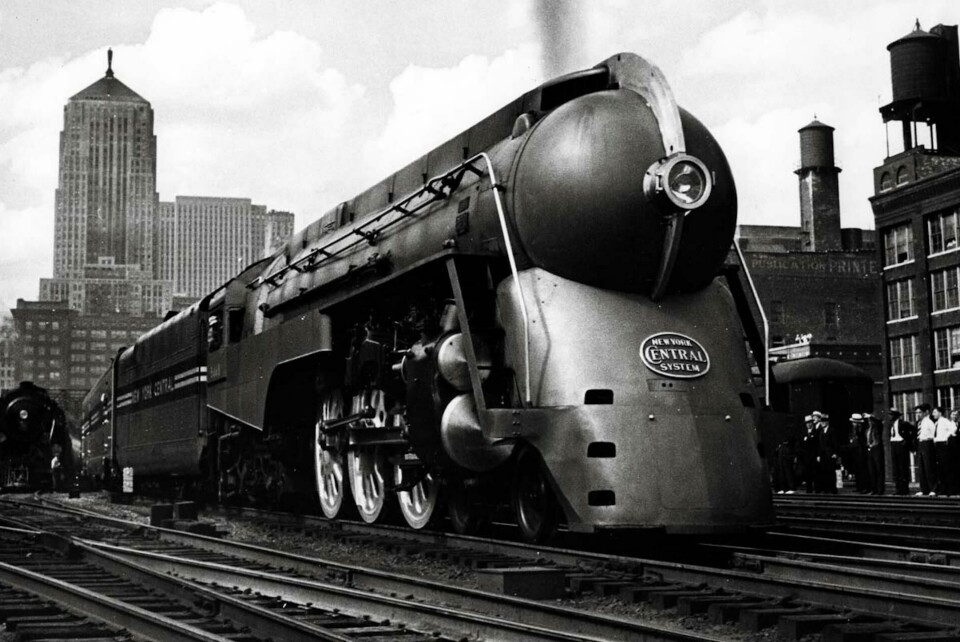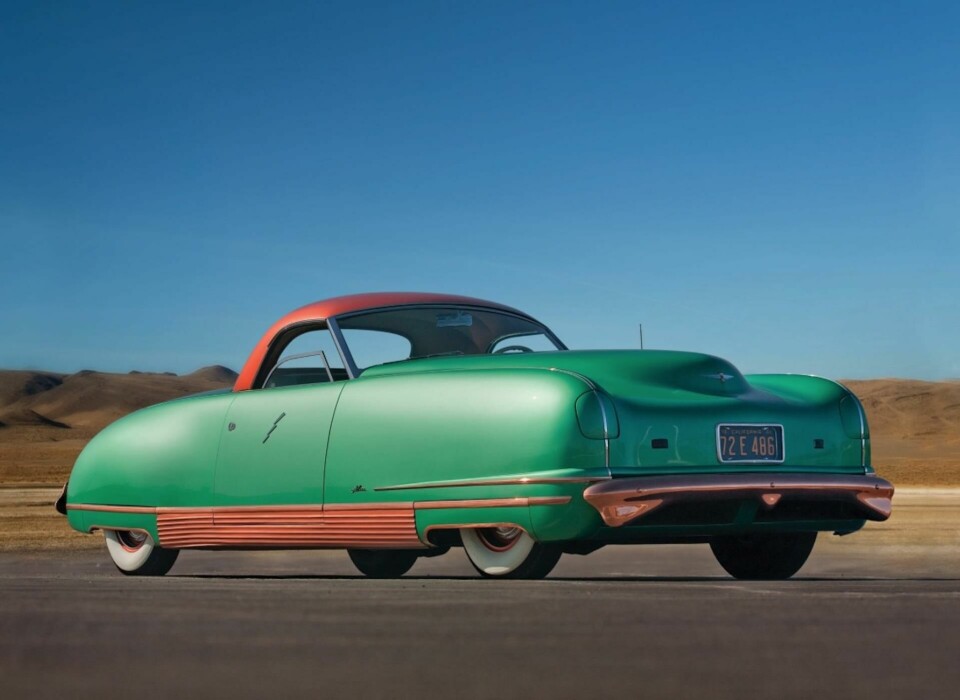
Tesla channels Streamline Moderne with latest autonomous vehicle concepts
A pair of driverless concepts points the way to Tesla’s future
It has been quite a month for Elon Musk with a successful test flight of the SpaceX Starship and, perhaps more impressive, its controlled descent back into the waiting arms of its launch gantry – a miracle of modern engineering.
All this occurred less than sixty hours after a Hollywood-style reveal ceremony for its long-awaited Robotaxi, Tesla’s two-seat autonomous vehicle which is targeted at the taxi market and maybe even for private use. The celebration was staged in various areas of the Warner Brothers back lot to a host of assembled dignitaries – investors, Hollywood celebrities, politicians and Tesla leadership.

The design of the Robotaxi, hinted at in various speculative renderings, was less angular than some had imagined. It looked like a baby Model 3, with a soft, swoopy shape, and the occasional contrasting sharp character line along the sides. The front mask and rear are sharper than its production cousins as well, perhaps hinting at designs to come.
The Robotaxi’s dimensions were not revealed, but the coupé shape – the first two-door since the days of the converted Lotus cars – the two-seat configuration, and the oversize wheels definitely gave the car a toylike quality. Perhaps this was intended as a way to give the Robotaxi a friendly aspect to potential riders, and buyers.
The toylike quality did not preclude some interesting drama in the design however. Musk and Franz von Holzhausen decided that a dramatic entry sequence would underscore the futuristic quality of the Robotaxi, and so scissor doors rise to allow one to slide into the interior just like entering a hypercar – only without the broad sill, narrow bucket seats and five point harnesses.
Streamline Moderne eschewed the elegant geometrics of Art Deco and replaced them with curving, streamlined forms and strong horizontal accents
Inside, the cabin is surprisingly simple, much like the Model 3, except no steering and no pedals. The central touchscreen is the main ‘instrument’ at the dashboard. Infotainment is the principal feature here: who needs a speedometer or other instrumentation? The car knows the speed, the traffic, road conditions, etc. Just settle into the two broad seats and relax and enjoy the ride, watch your favourite movie or, presumably, hear an inspirational message from Musk himself. The branding potentials of the Robotaxi are almost unlimited.
A surprise reveal at the Tesla event was the introduction of the Robovan, a minibus that can seat twelve, and operates autonomously. Intended as a large taxi, a ‘last mile’ shuttle, or a delivery van, the Robovan breaks away from the Tesla house style, even away from the angular drama of the Cybertruck.
The styling of the Robovan was, according to Musk himself, based on the designs of 1930s train locomotives, which were the epitome of the Streamline Moderne variant of Art Deco, which eschewed the elegant geometrics of Art Deco and replaced them with curving, streamlined forms and strong horizontal accents.

The design of the Robovan certainly is reminiscent of the Streamlined Moderne and those wonderful trains like the Twentieth Century Limited, the New York Central Mercury, the Hiawatha, and, in the UK, the Mallard, which set a steam-powered record at 126 mph. It was a wonderful era, and well captured in the design of the Robovan.
Also important is the graphics of the exterior. From certain angles, there is a strong Syd Mead-like quality about it. Mead was a master of geometric graphics, and von Holzhausen’s team seems to have tapped into the Master’s aesthetic without a direct copy of his individual style.
The interior, however, is a bit too tame for a Mead design, which would have tilted toward the sybaritic rather than the more train-like seating arrangement (very well done, incidentally) of the Robovan. But bespoke versions would presumably be available and no doubt Elon will have his own private Robovan with a fabulous luxe interior.
Yes, some immediately compared the design of the Robovan to a toaster, and with no expression of the wheels on the exterior, who could blame them? But many of the vehicle designs of the Streamline Moderne – automotive and otherwise – sought to minimise the aesthetic expression of the wheels in favour of windswept forms. The Robovan seems to dovetail right into this retro-futuristic trend. Whether this aesthetic survives into production, or if the Robovan even enters production, is an open question.

Finally, at the Tesla event, a small legion of humanoid robots called Optimus entertained the crowd with a little robo-booty shaking and some bartending and drink serving. It was very theatrical, and definitely indicative of a robotic future, though maybe not in this form.
Lost on some of the assembled dignitaries (but not us, of course) was the fact that all of the tech – Optimus, Robotaxi, and Robovan – are all robots. Elon Musk’s future is not that of Isaac Asimov’s ‘I Robot’; it is a broader vision, thus the name of the event: WE ROBOT.







































